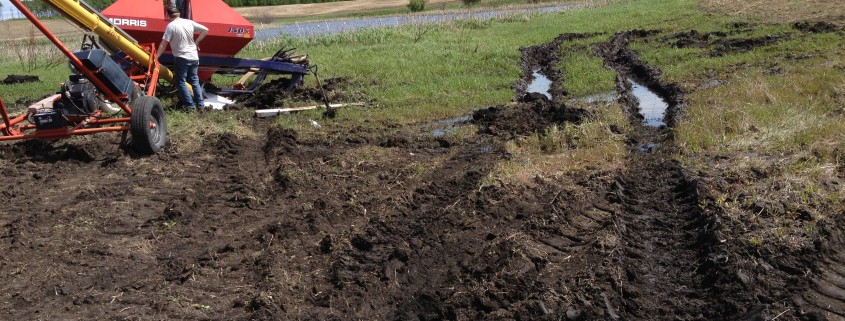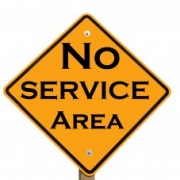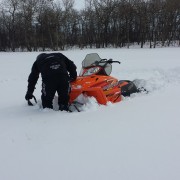It’s Never a Problem Until It’s a Problem
The first time I heard the phrase “it’s never a problem until it’s a problem” was from Elaine Froese. She is a sought after speaker with farm families on the topics of succession and family dynamics. I recall chuckling at the statement because it is equal parts truth and ambiguity.
Elaine uses this phrase to describe issues among family members, those issues we let smolder without drawing attention to the fire in waiting, those situations that irk us but don’t get discussed because we don’t want to create conflict. The statement applies across the board.
Over my career as a business advisor, commercial lender, and bank branch manager, I’ve seen hundreds and hundreds of financial statements, and one thing is consistent: it’s never a problem until it’s a problem.
Between 2007 and 2013, generally speaking, cash flow was not a problem on western Canadian farms: yields were strong, commodity prices were robust, profits were made. Yet anyone who didn’t consider that those boom times wouldn’t last forever likely didn’t prepare for the effects of the cycle turning downward. Those are the businesses who were most likely to make long term decisions based on short term results. Now there is pressure on cash flow from issues such as excess moisture, or as in the case of 2017, drought. As such, cash flow, which wasn’t a problem in the past is now a problem for many.
“The future will always belong to those who see the possibilities before they become obvious to the typical producer.”
Danny Klinefelter
Danny Klinefelter is the recently retired ag economics professor at Texas A&M University, and the founder of TEPAP. His words, if heeded and practiced, will head off most problems before they become problems!
To Plan for Prosperity
Being a visionary isn’t exclusively tied to seeing the future, it also applies to pragmatically looking at the present. Connecting the dots between the present and an objective (meaning realistic and not overly-optimistic) outlook for the future will help us all identify problems before they become problems. Then comes the hard part: taking action.












Leave a Reply
Want to join the discussion?Feel free to contribute!